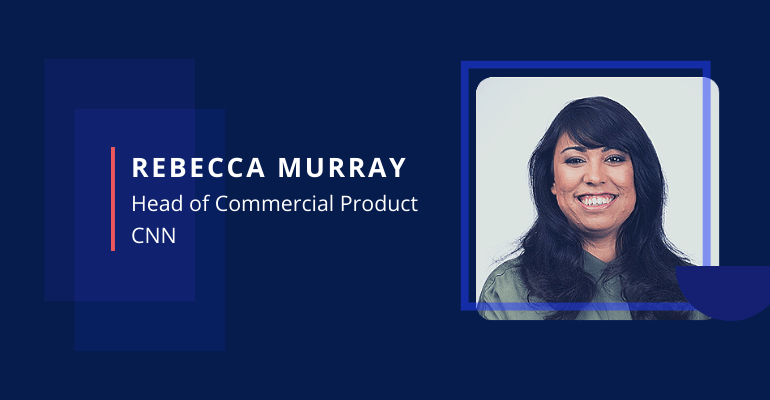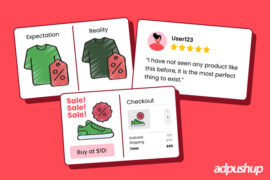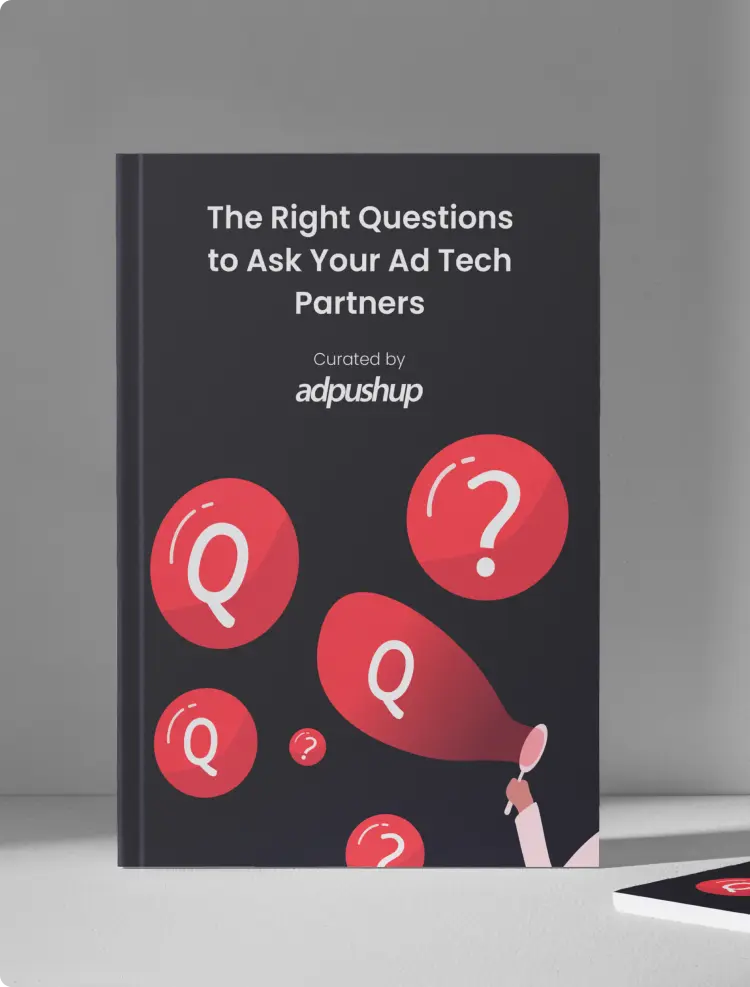
We invited Rebecca Murray from CNN to talk about brand safety and how publishers can make sure that advertisers don’t mark their inventory as brand unsafe.
Brand safety has now become an important metric for advertisers. But confusion regarding brand safety and brand suitability continues to exist.
If ignored, brand safety can lead to reduced revenue as buyers might not be willing to advertise in your inventory.
Everything including the content of the advertisement, its format, distribution, and other important factors are collectively responsible for the success of campaigns. To put it briefly, it’s a lot of effort.
Due to that volume of effort, advertisers are now also considering the content next to which their ads are displayed. This leads to enhanced user experience, further translating to increased ad revenue for publishers and converted customers for advertisers.
This is what brand safety is all about. To put it in a nutshell, how safe your content is for advertisers to put their ads next to is now an important factor.
We recognized that it can be helpful for publishers to see how major industry players are adapting to brand safety. Therefore we invited Rebecca Murray from CNN to conduct a webinar with us.
Rebecca talked about how CNN is focusing on building a brand suitable environment. Various methods have been adopted by the company that have allowed it to stay at the top of its game, in the context of working with different brands.
As the webinar progresses, you will notice that Rebecca pays special attention to the ‘audience first’ approach. This approach is at the core of CNN’s various strategies and has enabled them to attain global following.
How to Create a Brand Safe Environment?
As Rebecca stated, brand safety essentially keeps brands away from unsuitable or inappropriate content. Over the course of time, CNN has moved beyond studying lengthy block lists, which has helped them to provide more opportunities to clients.
In order to do so, the company has created their own proprietary tech, Sentiment Analysis Moderator (SAM). This piece of technology is helping CNN to target its audience in a personalized and contextual manner. SAM makes use of machine learning for targeting audiences in a very specific way, and therefore, is able to tell what will be more suitable for the brand.
Rebecca further points out that CNN’s shift towards contextual technology helps in protecting brands, alongside improving campaign performance. It further helps in promoting brands at the right place, at the right time, and among the right audience.
How to Leverage Ad Formats for Improving User Experience?
Starting with this, Rebecca again pointed out the importance of the audience first approach. She emphasized on the fact that one size doesn’t work for everyone. Ad formats then should be a blend of creativity and data-driven analysis.
Rebecca listed out 3 important strategies for enhancing user experience:
-
Human interaction with ads is necessary, as it tells advertisers the kind of content the audience is paying attention to. Below are listed some questions that should be taken into account, according to Rebecca.
What can the audience see?
What are they reading?
What can they hear?
How are they scrolling?
These are the questions that advertisers should strive to build their campaign around for gaining more customers. -
One size shouldn’t be used for targeting everyone. For companies like CNN that deal with audiences across the globe, both global and local perspectives should be taken into account.
-
Revenue diversification is a significant factor. In case of site vs. platform vs. client, audience first approach comes into play again.
How to Improve Social Product strategies?
Another poll conducted during the webinar revealed that publishers face mixed responses on social platforms. While things work out smoothly for some, for others, social media platforms have not worked out.
Here Rebecca advises publishers to keep in mind that they are dealing with real-time communities. This means that rigorous monitoring of content on social platforms becomes highly important. She stresses that type of content and smart distribution of the content are two key strategies for social campaigns.
Rebecca points out that social platforms should not be used for repurposing content. According to her, each social platform needs a different strategy and different type of content. The content should be able to resonate with the audience that is active on a specific social platform.
Important Questions
At the end of the webinar Rebecca answered a few questions that were asked by the audience. The top questions were:
How do brand suitability & sentiment analysis technologies aid publishers in measuring the result of brand safety?
Rebecca pointed out that the fact that these technologies are constantly learning throughout the campaign provides results that may be unforeseen. As per her experience, data analysis often reveals that audience type may differ from what was initially considered. Data being the key aspect here, publishers can leverage it for running campaigns in a much more effective way.
What are some examples of publishers who are using social as a channel efficiently for enhancing audience reach?
Rebecca used CNN as an example here, as they have garnered a worldwide audience. The company has been building strategies that are specific to these platforms. Secondly, she mentions that House of Highlights have been doing great when it comes to leveraging social platforms. The company has been creating specific content for these platforms rather than repurposing, which Rebecca said earlier was the key for mastering such campaigns.
The New Yorker Magazine has also been successful in their efforts to target audiences on social, according to Rebecca. She particularly pointed out that the magazine’s idea of short-form, humorous content on Instagram has been a great venture. The content has a human element that has managed to connect people from all over the world.
How do top publishers, like CNN, create a balance between content & ads and advertiser/demand operations?
Here Rebecca again points out the importance of audience-first approach. CNN has majorly focused on doing what is best for the audiences. The advertisements should be integrated seamlessly with the kind of content that the user is looking at. This means that brand campaigns and editorial also works together to provide enhanced user experience. She points out that touch points for both the users and advertisers have to be taken care of by publishers.
Watch the webinar: Uniting Publishers and Brand Safety
FAQs
In digital marketing, brand safety refers to channels and practices that help advertisers avoid placements or contexts that could potentially harm their brands.
For advertisers, brand safety is important for the following reasons: It protects them from having their ads displayed next to unsavory content. This prevents ads from being placed on fraudulent sites.
In order to ensure the safety of brands:
1. Keywords should be blacklisted.
2. Direct deals are better than programmatic deals.
3. Fraudulent traffic should be avoided.
4. You can protect the reputation of your brand with it.
5. You can stay competitive by using it.
6. Ad Spend Can Be Optimized With It.

Shubham is a digital marketer with rich experience working in the advertisement technology industry. He has vast experience in the programmatic industry, driving business strategy and scaling functions including but not limited to growth and marketing, Operations, process optimization, and Sales.










